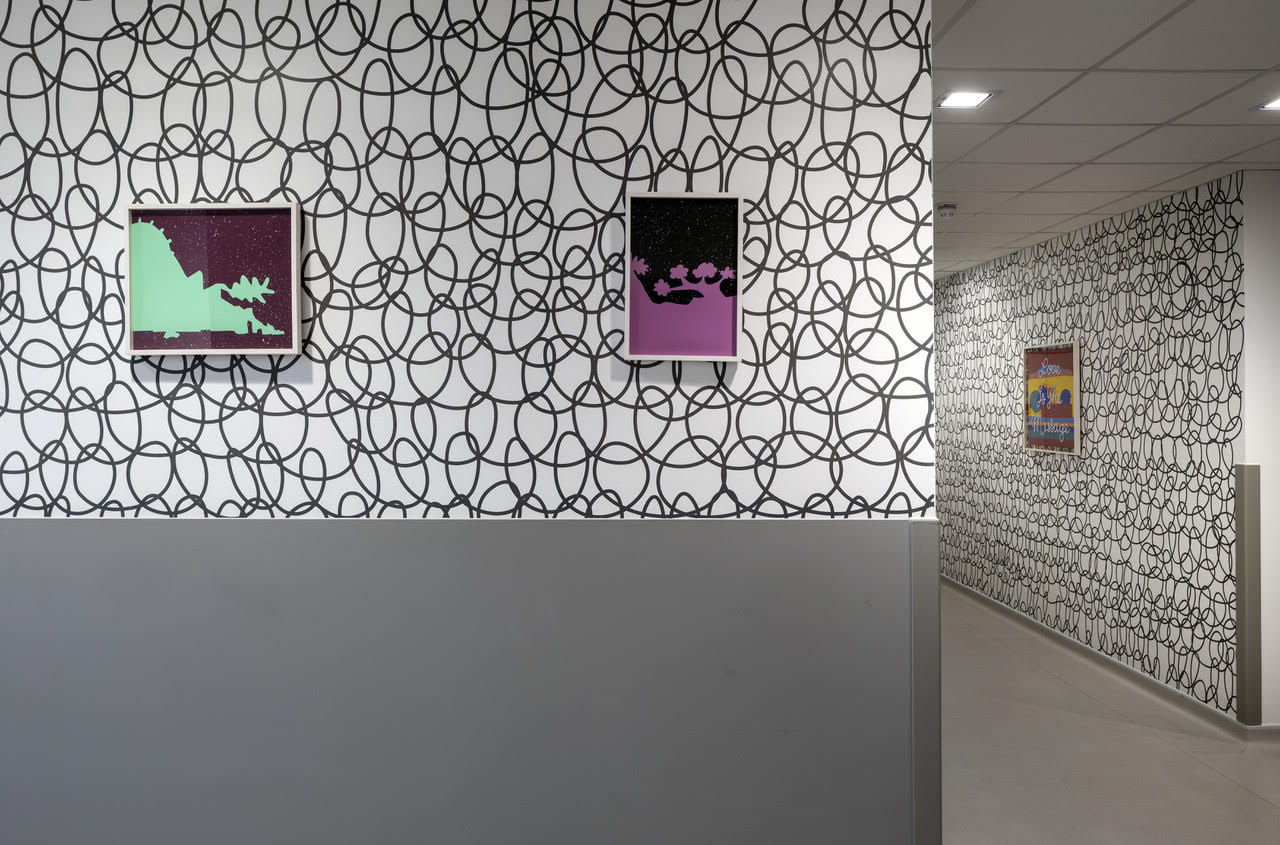Site-specific cultural initiatives within a clinical setting not only support patient wellbeing but inspire meaningful collaborations and bring art to new audiences, says Catsou Roberts, director of Arts & Health/Vital Arts, Barts Health NHS Trust.
The launch, in February, of the Wolfson Economics Prize 2021, ‘to establish a new benchmark for hospital design and style’, could be testament that spatial qualities, environment and aesthetic experience play a substantial role in patient wellbeing. Hospital design matters. Despite the erosion of the public realm by the pressures of market forces, and the resultant degradation of many NHS buildings, hospitals are key municipal spaces. Evolved from ancient Greek temples, and later monasteries, they form part of the civic complex. Like churches, schools, town halls, libraries, and state museums, they are meant to welcome and serve the community; their design should instil confidence – projecting an image of excellence and innovation. To complement new and refurbished buildings, art strategies are increasingly standard practice in UK hospitals. Site specific art that convincingly engages architecture, and that responds to its context, is a component of compassionate care – beyond simply humanising the clinical setting. It is widely recognised that interaction with art and creativity supports wellbeing, promotes resilience and assists clinical aims. And, of course, the public display of carefully considered art (on view 24/7) is also an opportunity to bring contemporary culture to those who might not otherwise access it. That mission reverberates beyond the walls of the hospital (which is never lacking ‘visitor numbers’), and it answers the perennial quest by the wider culture sector to introduce art to new audiences. Vital Arts is the arts organisation for Barts Health NHS Trust, charitably funded to deliver art projects to enhance the clinical environment and improve the patient experience at five east London hospitals, serving 2.5 million people. We deliver visual art, music, performance, dance, literature and creative workshops to patients in some of the UK’s most disadvantaged communities. Founded in 1996,Vital Arts has developed an international reputation for pioneering programmes that encourage interaction with contemporary art by some of the most significant practitioners of our time, such as Hurvin Anderson, Rana Begum, Rhys Coren, Ruth Ewan, Peter Liversidge, Cornelia Parker and dozens of others. Our site-specific projects emerge from intense involvement with the hospital context. We approach artists who have not yet made work for hospitals – and often have never been commissioned. As such, we take artistic risk knowing it is key to generating art of consequence. Many of the artists we commission collaborate with staff and/or patients, while others delve into the trust’s vast archives and explore a hospital’s history. Some artists embed their projects in the surrounding community, others integrate theirs in the building’s fabric. The depth of engagement, the scope of ambition and working in such a determined and complex situation often push artistic practice, and always yield original results. Growing interest in the field of Arts & Health intensified in 2020, with renewed appreciation of the NHS – particularly of our clinical colleagues on the front line. In response to the pandemic, Vital Arts extended its remit to include projects specifically supporting staff. One project, #100NHSRooms, enabled us to transform staff areas with art donated by leading artists. Much of the work was created for the initiative, and dedicated to the NHS. Collaborating with artist Shezad Dawood and collecting and curatorial platform Modern Forms – and with framer Simon Beaugie and Pelham Communications pro bono – we have brought these works to where NHS staff find respite and relief. The overwhelming response confirms the value of mind-nourishing art. Ideally, the architecture containing these works – and all NHS art projects – would reflect the ambition flourishing in Arts & Health today. As the Wolfson prize anticipates, the ‘biggest hospital building programme in a generation’ announced by the UK Government is an opportunity. Let us hope to see the ‘host of brilliant ideas’ translate into ‘visionary’ built form in the very near future.




